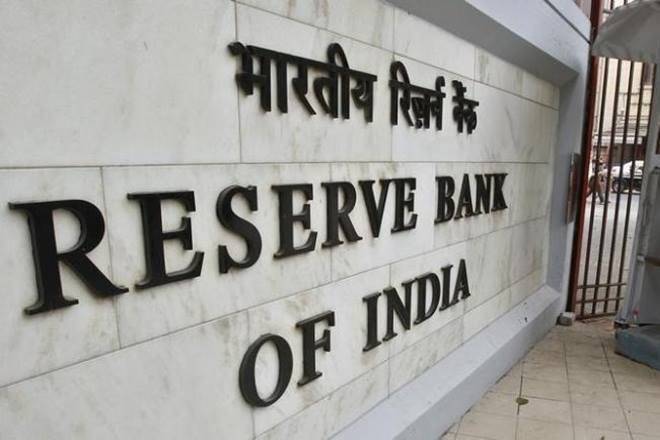Soon after India went into a strict lockdown in March, its central bank allowed borrowers to put off loan repayments for three months.
三月,印度實施嚴格封鎖不久后,其中央銀行允許借款方將償還借款期限延遲三個月。
That moratorium has since been extended by a further three months, and another extension is reportedly being considered.
后來延期償付又延長了3個月,據報正在考慮再次延長。
It appears to have been a boon to borrowers. But top financiers, such as Deepak Parekh, the chairman of HDFC, a big mortgage lender,
這對借款方來說似乎是一件好事。但像大型抵押貸款機構HDFC的主席Deepak Parekh以及
and Uday Kotak, the chief executive of Kotak Mahindra Bank, are beginning to worry that it is damaging the financial system.
科塔克馬亨德拉銀行總裁Uday Kotak這樣的頂級金融家則開始擔心,這么做會損害金融體系。
They are urging the Reserve Bank of India (RBI), the central bank, to change course.
他們敦促央行印度儲備銀行(RBI)改變策略。
The moratorium was intended to prevent the cash crunch induced by lockdowns translating into a more lasting shock,
延期償付的目的是防止因封鎖導致的現金危機轉變成一場更加持久的沖擊,
by allowing revenue-starved companies time to pay back their debts. India has not been alone in using payment holidays,
讓缺乏儲備的公司有時間償還他們的債務。印度并不是唯一一個采取延期償付措施的國家,
though those in other countries have tended to be more limited in duration and scope.
盡管在其他國家,這些措施對持續時間和范圍的限制往往更多。

But India's government is less able than those in the rich world to afford other ways of supporting borrowers, such as generous cash handouts.
但印度政府無法像其他富裕國家那樣負擔得起其他支撐借款方的方式,如慷慨的現金補貼。
Huge numbers of borrowers have availed themselves of the payment holiday.
大量貸款方都申請了這一還款豁免期。
In its financial-stability report, published on July 24th, the RBI noted that half of all loans went unpaid in April.
在7月24日發布的金融穩定報告中,RBI指出,4月份有一半的貸款沒有償還。
Fully twothirds of loans made by publicly controlled banks, which hold 70% of the industry's assets, were unpaid.
國有銀行持有金融業70%的資產,其中整整三分之二的貸款沒有償還。
A smaller yet sizeable chunk of lending went unpaid at private banks, from a third of total loans at domestic lenders to a tenth at foreign ones.
私人銀行拖欠的貸款比例較小,從國內銀行貸款總額的三分之一,到外國銀行的十分之一。
One reason for the disparity between private and public lenders is that different banks attract different sorts of borrowers.
私有和國有銀行之間差距的原因之一是,不同銀行吸引著不同類型的借款方。
Small and medium-sized firms, which rely on state-run lenders, were keen users of the moratorium.
依賴國有銀行的中小型企業是延期償付的熱心用戶。
These are unlikely to have huge cash buffers; as revenues dried up they may have had little recourse but to defer loan payments.
他們不可能有大量現金緩沖;隨著收入枯竭,他們可能沒有什么追索權,只能延期支付貸款。
By contrast, foreign banks mainly serve multinational companies with deeper pockets.
相比之下,外資銀行主要服務于財力雄厚的跨國公司。
Some banks asked borrowers to opt in to the scheme.
一些銀行要求借款方選擇加入該方案。
Others at first employed a more generous "opt-out" approach, though they have since changed tack.
起初其他銀行采取了更加寬容的“選擇不參與”方案,盡管后來他們改變了策略。
譯文由可可原創,僅供學習交流使用,未經許可請勿轉載。












